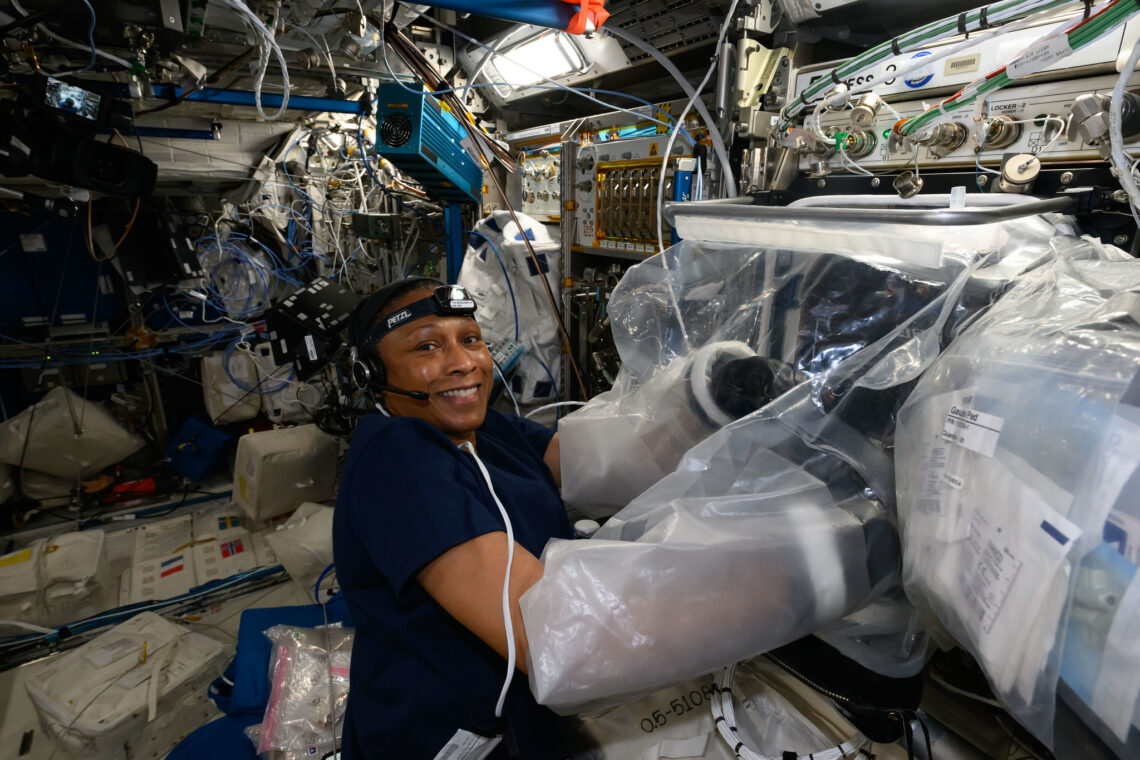WASHINGTON — NASA is continuing to refine its response to a decadal survey for biological and physical sciences in space, balancing ambitious science goals with limited budgets.
The decadal survey, released in September, identified 11 key science questions in three themes: adapting to space, living and traveling to space, and probing phenomena hidden by gravity or terrestrial limitations. It also identified two specific major research campaigns for NASA to undertake in those research areas.
In a recent interview, Lisa Carnell, director of NASA’s biological and physical sciences (BPS) division, said the agency is working to analyze and respond to the recommendations in the decadal survey. That includes an ongoing “roadmapping” approach to link programs to key science questions.
“That’s going to help us create that strategy behind the content in the decadal that will allow us to advocate more clearly to Congress and to our stakeholders, within NASA and outside of NASA, the rationale of why we’re doing the science we’re doing,” she said.
She noted that ongoing research supported by BPS is already addressing many of the key science questions identified in the decadal survey. “In the near term, those are quick wins, so to speak,” she said. “We’ll continue to build on those.”
It will take longer, Carnell said, for NASA to attempt the two research campaigns recommended by the decadal: Bioregenerative Life Support Systems, or BliSS, and Manufacturing Materials and Processes for Sustainability in Space, or MATRICES. She compared those campaigns, with total costs in the billions of dollars, to flagship missions in other parts of NASA’s Science Mission Directorate.
“I’m trying to find some in-between goals that are steppingstones out to those larger campaigns,” she said.
Those efforts are complicated by NASA’s modest BPS budget of about $85 million per year. One of the major recommendations of the decadal…
Read the full article here

